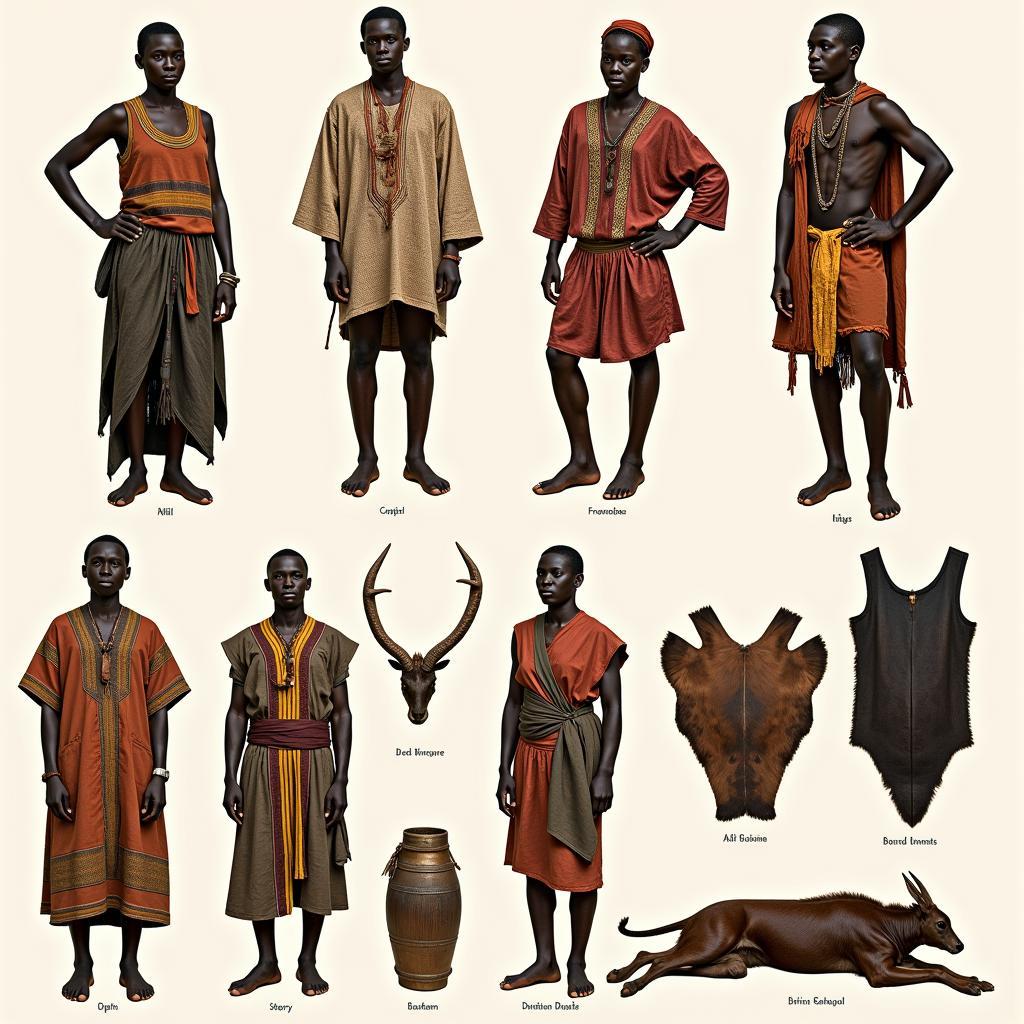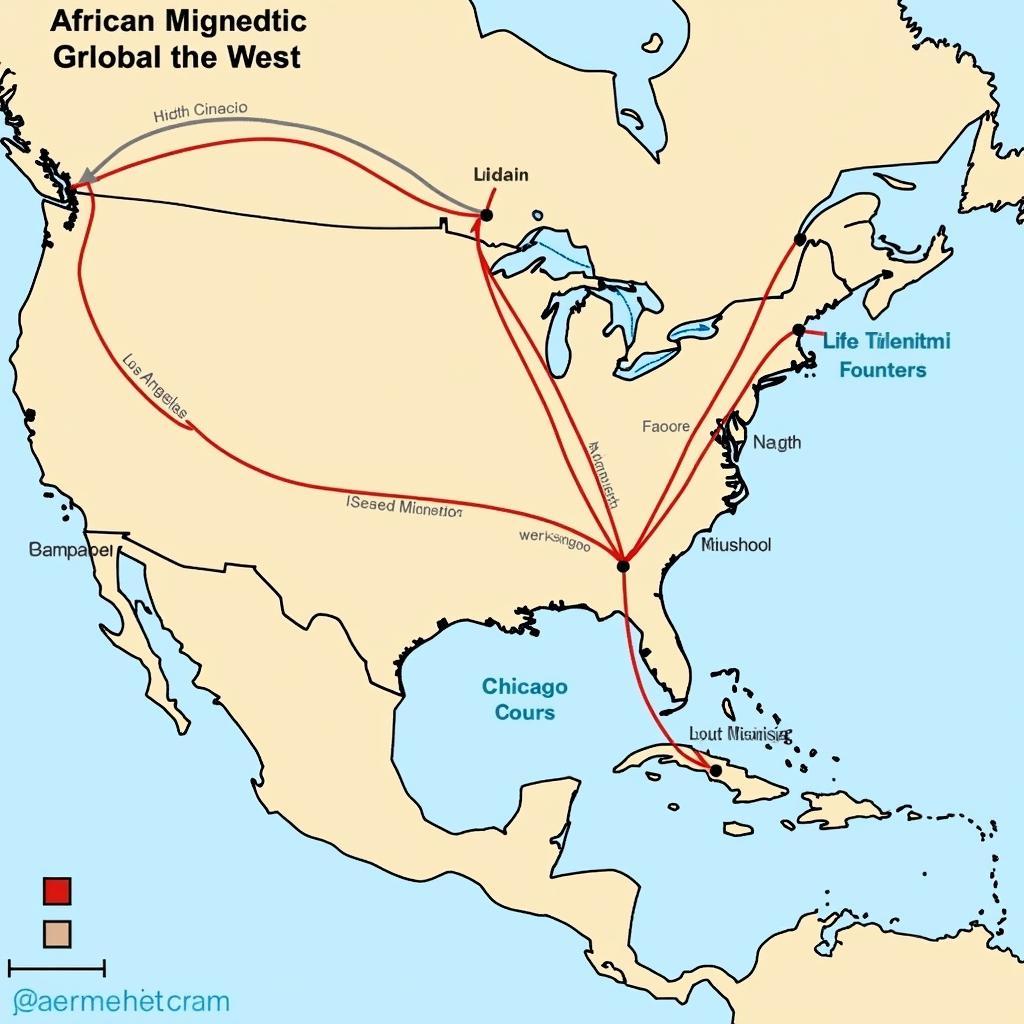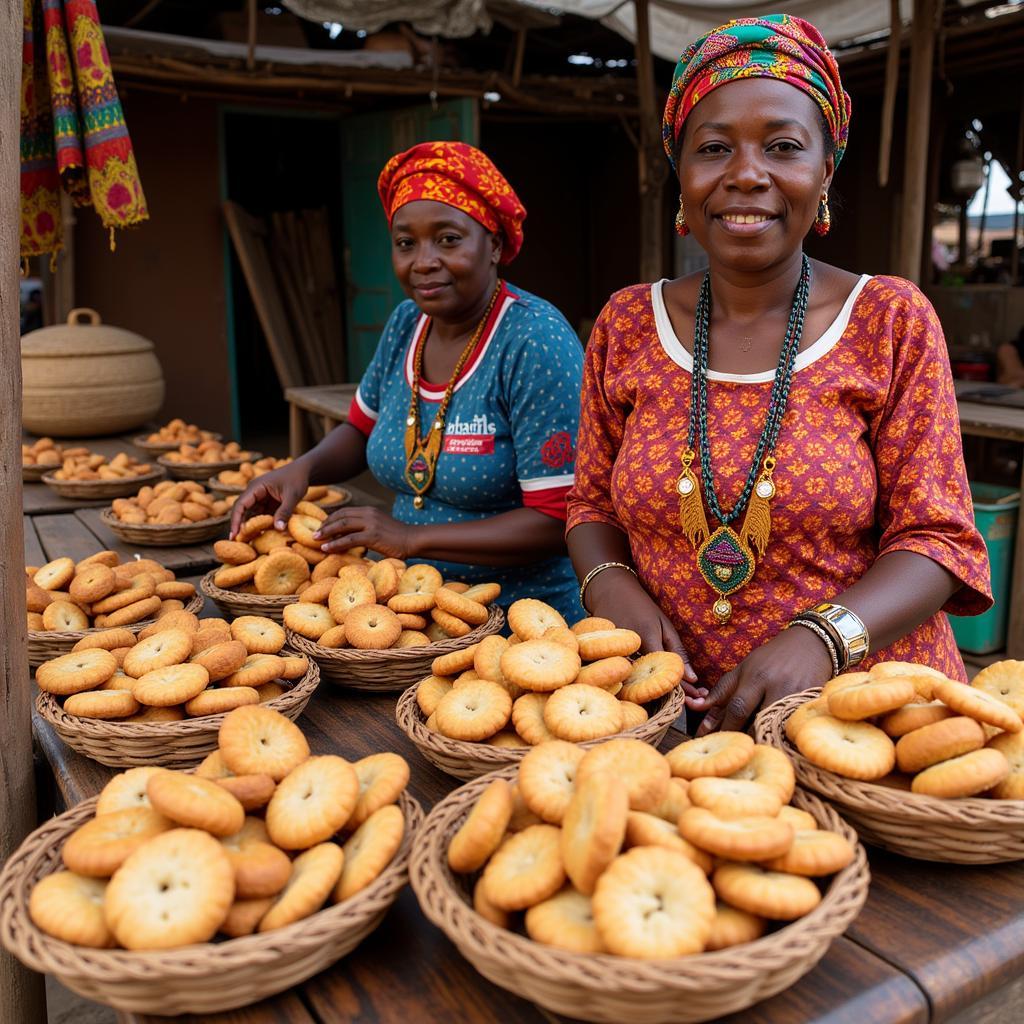The Allure of African Carved Wooden Faces
African Carved Wooden Faces, with their captivating beauty and rich cultural significance, offer a glimpse into the diverse artistic traditions of the African continent. These intricate sculptures, often imbued with deep spiritual meaning, serve as a testament to the creativity and craftsmanship of African artists throughout history.
Exploring the Symbolism of African Carved Wooden Faces
Beyond their aesthetic appeal, African carved wooden faces hold profound symbolic meaning. They often represent ancestors, deities, or spirits, acting as intermediaries between the physical and spiritual realms. Each carving is unique, reflecting the specific cultural beliefs and traditions of the community from which it originates.
For example, among the Yoruba people of Nigeria, carved wooden masks known as “egungun” are used in masquerades to honor the ancestors and seek their guidance. The masks typically feature exaggerated features, such as large eyes, wide mouths, and elaborate headdresses, which are believed to enhance the spiritual power of the wearer.
The Materials and Techniques of African Wood Carving
African carvers employ a variety of woods in their sculptures, each chosen for its specific properties and symbolic associations. Hardwood trees, such as ebony, mahogany, and iroko, are prized for their durability and resistance to decay. Softer woods, like cedar and sese, allow for greater detail and intricacy in carving.
The tools used in African wood carving are often simple yet effective. Adzes, chisels, and knives are employed to shape the wood, while rasps and sandpaper are used for smoothing and refining the surface.
African Carved Wooden Faces in Contemporary Art and Design
Today, African carved wooden faces continue to inspire artists and designers worldwide. Contemporary African artists are reinterpreting traditional forms, incorporating new materials and techniques into their work.
Moreover, African carved wooden faces have found their way into homes and galleries across the globe, appreciated for their aesthetic beauty, cultural significance, and investment value.
Conclusion
African carved wooden faces offer a fascinating window into the rich cultural heritage of the African continent. These sculptures, imbued with symbolism and crafted with skill, serve as a testament to the enduring power of African art to captivate, inspire, and connect us to the past.
FAQs About African Carved Wooden Faces
Q: What is the significance of African carved wooden faces?
A: These carvings often represent ancestors, deities, or spirits, serving as bridges between the physical and spiritual realms. Their specific meanings vary across different African cultures and traditions.
Q: What types of wood are commonly used in African wood carving?
A: African carvers utilize a variety of woods, including hardwoods like ebony and mahogany for durability, and softer woods like cedar and sese for intricate details.
Q: How can I incorporate African carved wooden faces into my home decor?
A: You can display them on shelves, mantels, or walls. Consider grouping them together for visual impact or using them as standalone statement pieces.
Q: Where can I learn more about African carved wooden faces?
A: Museums, art galleries, and online resources dedicated to African art offer a wealth of information on these captivating sculptures.
Q: Are there ethical considerations when purchasing African art?
A: Yes, it’s essential to buy from reputable dealers who prioritize ethical sourcing and fair trade practices to support African artists and communities.
Need more information on African Culture?
Check out these related articles:
- African braless dance
- African animal artists
- African lady beka song
- African culture and traditions pdf
- African coriander cultivation seasons
Contact Us
For inquiries and support, please contact us through:
- Phone Number: +255768904061
- Email: [email protected]
- Address: Mbarali DC Mawindi, Kangaga, Tanzania
Our customer service team is available 24/7 to assist you.




